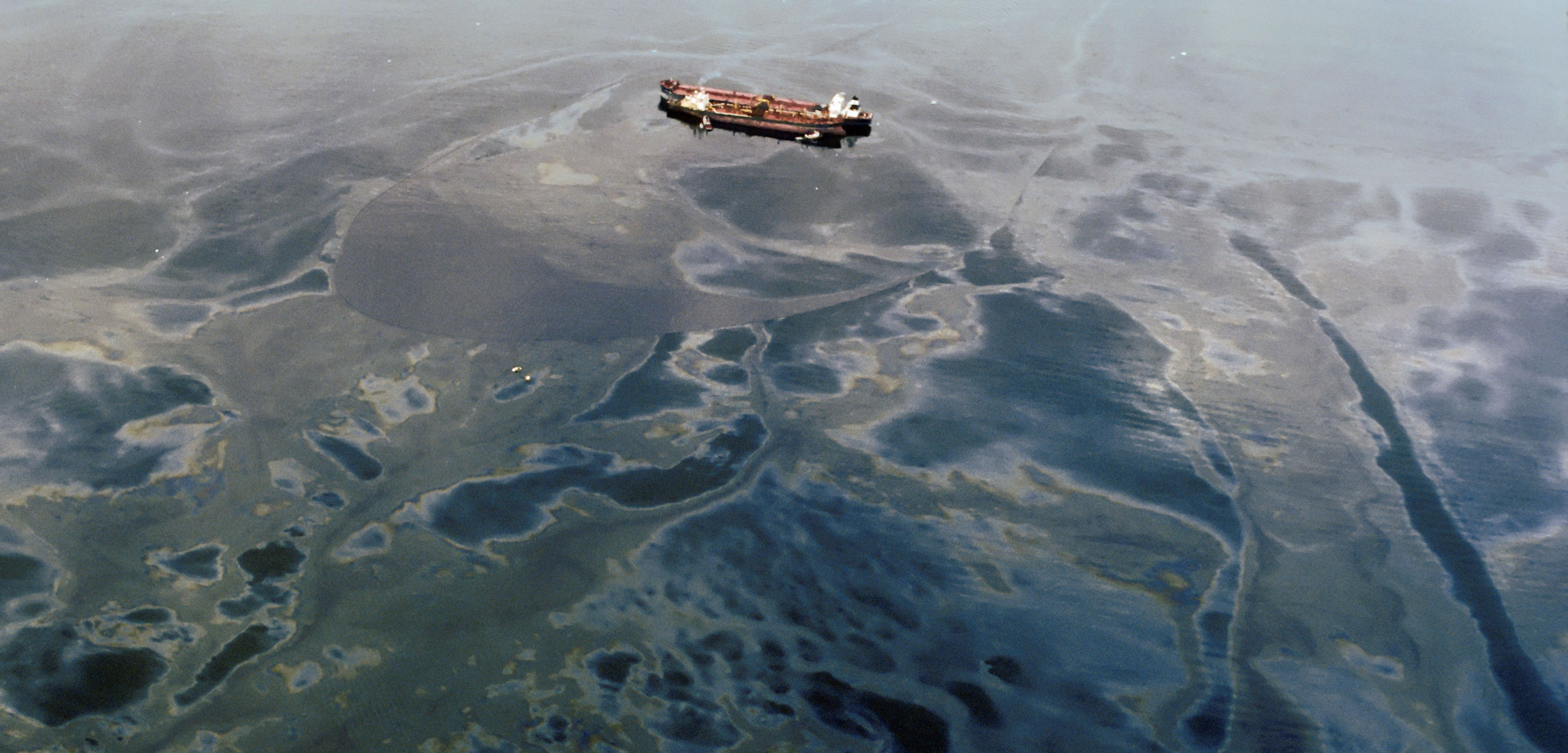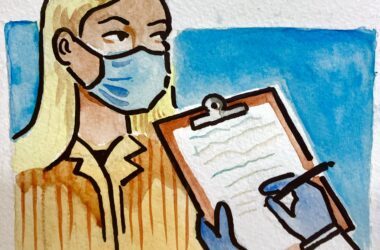Historically impassable, the ice cover of the Northwest Passage along Canada’s Arctic coast has thinned over the past few years, piquing the interest of the shipping and luxury cruise industries. This thinning, along with Arctic drilling, makes the legendary frozen passage particularly susceptible to oil and fuel spills.
To combat this, Professors Lyle Whyte and Charles Greer, microbiologists in McGill’s Department of Natural Resource Sciences, are examining Arctic bacteria’s ability to break down crude oil in the Canadian High Arctic. Their work is part of Fisheries and Oceans Canada’s Multipartner Oil Spill Research Initiative, a subunit of the national Oceans Protection Plan. The research initiative consists of multiple partners, including universities, international organizations, and government departments, that are testing various solutions for developing strategies for cleaning up oil spills.
The research takes advantage of the fact that multiple microbial species have naturally evolved to degrade hydrocarbons like crude oil, which contain chains of carbons and hydrogens.
“There are lots of natural seeps of petroleum [on] the bottom of the ocean,” Greer said in an interview with The McGill Tribune. “In fact, in the Gulf of Mexico, […] something like one million barrels of oil a year leak into the ocean naturally from these underwater seeps. Microbes living in the ocean environment have been eating this stuff for eons.”
Whyte and Greer are leading two projects: One to identify which types of Arctic microorganisms biodegrade oil, and another to study biostimulation, whereby certain added nutrients are able to promote the optimal performance of microbes.
“When you have a fuel spill, it’s like you’re creating a giant buffet of supper, lunch, and breakfast for these microorganisms to start munching on,” Whyte said. “But at the same time, they need other nutrients like nitrogen and phosphorus to do that effectively.”
Whyte and Greer emphasized in situ work, rather than lab experiments.
“In-situ means we set up experiments, leave them on site, […] come back and take samples, then analyze microbial populations,” Whyte said.
Preliminary experiments involved small-scale, semi-controlled ecosystems, also known as microcosms. The ecosystems were set up in rivers and oceans to identify how factors such as nutrients and temperatures influence decomposer microbial populations.
Greer will continue microcosm experiments on all three coasts of Canada, including Hudson Bay, while the next phase of Whyte’s work involves studying microbial communities on beaches. His research will test different combinations of fertilizer on a tidal Arctic beach treated with oil, mimicking an actual oil spill event. His team will then analyze fuel concentrations in sediment samples over the course of two to three years.
“This is a much better way of [studying] this than bringing beach sediments back to the lab,” Whyte said. ”Everything becomes somewhat artificial, and it becomes difficult to interpret those results accurately, as opposed to doing something right in the field.”
In the next few years, Whyte and Greer also hope to expand their previous efforts engaging northern communities and local young people in science through potential partnerships with the Nunavut Research Institute and Arctic College in Iqaluit. Both scientists emphasized the importance of scientific research in informing government policy.
“The idea is to try and provide a very solid science base to help governments develop the necessary regulations and guidelines in order to protect our oceans from oil spills,” Greer said. “We need to have better mechanisms to deal with them quickly and efficiently.”









